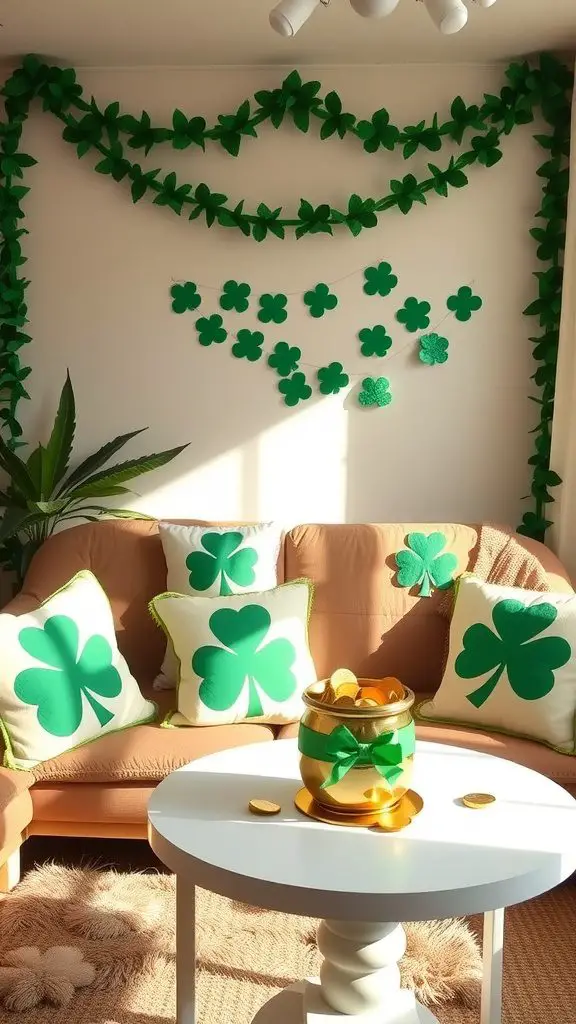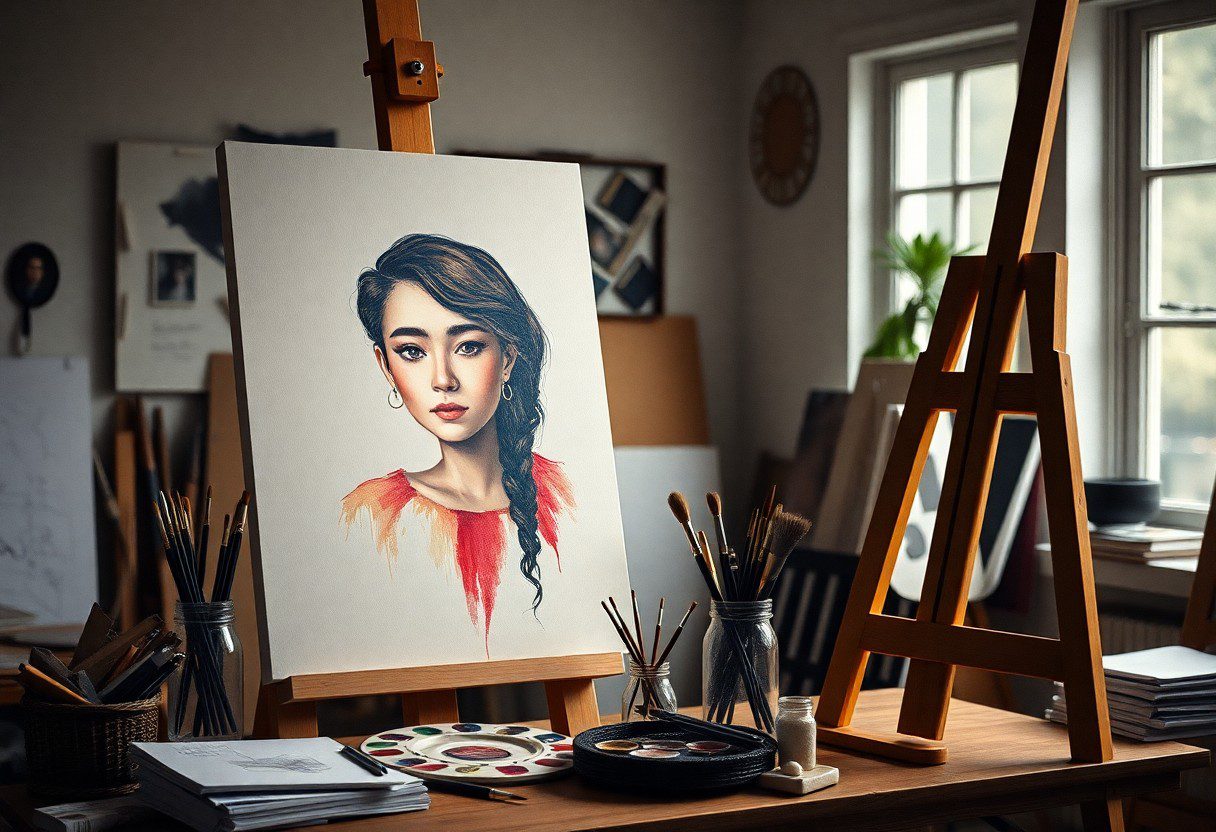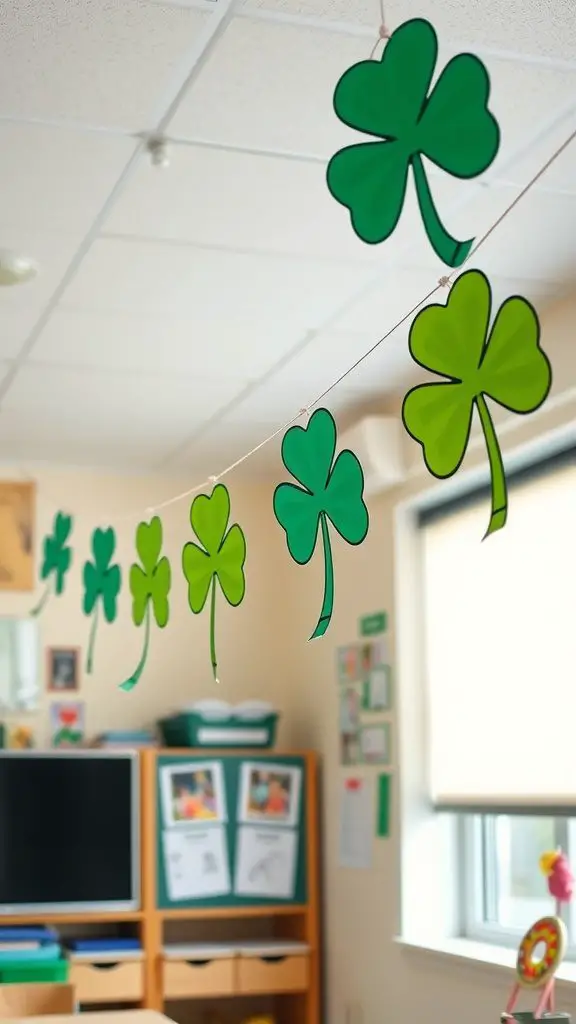DIY portrait painting can be an incredibly rewarding experience that allows you to express your creativity while capturing the essence of your subjects. In this blog post, you will discover necessary tips and tricks to enhance your painting skills, from choosing the right materials to mastering techniques that bring your portraits to life. Whether you’re a beginner or looking to refine your approach, these insights will help you navigate the exciting journey of portrait painting and elevate your artistic abilities.
Understanding Portraiture
Before you probe painting, it’s necessary to grasp the nuances of portraiture. Portrait painting goes beyond simply replicating a person’s likeness; it captures their essence and emotions. Understanding the elements of this art form will help you create more compelling works that resonate with viewers. In addition to visual accuracy, consider how aspects like light, composition, and background contribute to the story you want your portrait to tell.
The Basics of Human Anatomy
Behind every great portrait hangs a solid understanding of human anatomy. Familiarizing yourself with basic proportions, muscle structures, and facial features will enhance your ability to depict your subject accurately. This foundational knowledge allows you to navigate the complexities of form and shadow, giving you the tools to create lifelike representations.
Choosing Your Subject
Behind every captivating portrait is a carefully chosen subject. Selecting someone whose personality resonates with you can greatly influence the final outcome of your artwork. A strong connection to your subject often translates into a more authentic and expressive portrait.
For instance, if you choose a friend or family member, you likely possess an innate understanding of their character and emotional nuances, allowing you to convey deeper feelings through your brushstrokes. Alternatively, selecting someone from art history or a public figure can inspire you to capture distinct attributes or convey specific themes. Whichever path you take, ensure it fuels your motivation and creativity for the portrait you’re about to create.
Essential Materials and Tools
One of the keys to successful DIY portrait painting lies in selecting the right materials and tools. Investing in high-quality products can significantly enhance your painting experience and final results. From brushes to surfaces, each element plays a vital role in how effectively you can transfer your artistic vision onto canvas. Equip yourself with vital items to elevate your skills and confidence in portrait painting.
Brushes and Paints
At the core of your painting arsenal are brushes and paints. You’ll want a variety of brush shapes and sizes, including flat, round, and detail brushes to allow you to execute different techniques effectively. Choosing high-quality paints, such as acrylics or oils, can elevate your artwork by offering better pigmentation, blending capabilities, and longevity.
Canvas and Other Surfaces
By selecting the right canvas or surface for your portrait, you set a strong foundation for your artwork. Popular options include stretched canvases, canvas boards, and watercolor paper, each offering unique textures and absorbency that can impact your painting technique and style.
Further, consider the priming and size of the canvas, as this can influence the overall outcome of your work. A larger canvas may allow for more expressive brushwork and detail, while smaller options can provide a more manageable surface for practice. Additionally, experimenting with alternative surfaces, like wood panels or textured paper, can inspire creative approaches to your portraits and broaden your artistic range.
Color Theory for Portraits
Any artist knows that understanding color theory is integral to capturing the essence of a portrait. By mastering the color wheel and complementary colors, you can create depth, dimension, and emotion in your paintings. Learn how colors interact, and use this knowledge to enhance your artwork, making your portraits not only lifelike but also captivating.
Skin Tones and Undertones
Between warm, cool, and neutral tones, creating skin colors can be a delicate balance. It’s important to observe how natural light affects skin tones, as your subject may have varied undertones influenced by their mood, lighting, and environment. By mixing yellows, reds, browns, and blues, you can achieve a more realistic portrayal that reflects the individuality of your subject.
Mixing and Blending Techniques
Techniques for mixing and blending colors are vital for achieving a smooth, lifelike finish in your portraits. You should focus on layering colors to build depth and dimension in your artwork. Start with a base layer and gradually add highlights and shadows to create a three-dimensional effect. Experimenting with different brushes and tools will allow you to explore various textures while blending colors seamlessly.
Indeed, mastering your mixing and blending techniques can elevate your portrait painting significantly. Use a palette knife to mix colors for better control or a soft brush for blending edges and transitions. Consider using a glazing technique, applying thin layers of transparent color to layer depth and richness. This approach helps you develop a unique style, allows for a wider range of hues, and enhances the overall vibrancy of your portraits.
Composition Techniques
Not all compositions are created equal; understanding key composition techniques can significantly enhance your portrait paintings. Effective composition directs the viewer’s eye and creates a sense of balance and interest within your artwork, allowing your subject to shine. By applying these strategies, you can elevate the overall impact of your portraits and forge a deeper connection with your audience.
Framing Your Subject
Among the various methods to create focus in your portrait, framing your subject is particularly effective. This technique involves using elements within your scene, such as branches, doorways, or other subjects, to draw attention to the main character of your painting. By employing these natural frames, you not only enhance visual interest but also guide the viewer’s gaze towards your subject, making your portrait more engaging and dynamic.
The Rule of Thirds
Rule your canvas with the Rule of Thirds, a time-tested guideline that divides your painting into nine equal sections using two vertical and two horizontal lines. By placing your subject or points of interest along these lines or at their intersections, you can create a more balanced and dynamic composition. This method encourages movement through your artwork and leads the viewer’s eye across the canvas, enhancing the overall narrative of your portrait.
This technique is not just about positioning; it allows for a harmonious relationship between the subject and the surrounding space. When you apply the Rule of Thirds, think about how the background complements your subject. Consider leaving negative space to give your subject room to breathe, or place elements that enhance the storytelling aspect of your work. Overall, mastering this rule will help you create more compelling and visually appealing portraits.
Step-by-Step Painting Process
To effectively progress through your portrait painting, follow this structured step-by-step process that can be tailored to your style and needs.
| Step | Description |
| 1. Sketch | Outline basic shapes and features of your subject. |
| 2. Base Layer | Apply a thin layer of paint to block in major colors. |
| 3. Details | Add finer details to enhance your portrait. |
| 4. Final Touches | Refine and adjust tones and textures. |
Sketching Your Portrait
Against a blank canvas, begin by sketching the key features of your subject. Focus on proportions and placements to create a solid foundation for your painting. Utilize light pencil strokes to allow for adjustments as you develop your artwork.
Layering and Texturing
Against flat application, layering adds depth and dimension to your portrait. Start by establishing a base layer and gradually build up tones with subsequent layers. Utilize various brushes or palette knives to create textures, enhancing the details in skin, hair, and clothing.
A well-thought-out application of layers allows you to explore different depths of color and tone in your portrait. By starting with a thin wash of paint, you can gradually add layers for refinement. Each additional layer gives you the opportunity to refine shapes and enhance the three-dimensional quality of your subject, resulting in a more lifelike portrayal.
Common Challenges and Solutions
After spending time perfecting your portrait painting, you may encounter various challenges. From capturing likeness to dealing with color mismatches, it’s crucial to recognize these common issues and learn how to address them. Embrace every setback as an opportunity for growth, utilizing techniques and troubleshooting methods to overcome obstacles. Being aware of these challenges will help you refine your skills and enhance your artistic journey.
Overcoming Mistakes
Challenges in portrait painting often lead to frustrating mistakes, but there’s always a way to salvage your work. Instead of despairing over errors, see them as valuable lessons. Embrace the process of experimenting with new techniques, and don’t hesitate to use your brushes to correct or redefine features. Your willingness to adapt will significantly enhance your skills.
Tips for Improving Your Style
Above all, developing your unique style is a rewarding endeavor. To do so, take the following tips into account:
- Explore different mediums and tools to see what resonates with you.
- Study works from various artists, identifying elements you admire.
- Practice consistently with focused exercises to refine specific techniques.
Assume that each painting is an opportunity to experiment; even small adjustments can lead to significant improvements.
For instance, you can strengthen your style by continually pushing your artistic boundaries. Try these additional strategies:
- Set personal goals for each painting session to target specific skills.
- Seek feedback from peers or mentors to gain new perspectives.
- Create a series of portraits that focus on different themes or emotions.
Assume that with every brushstroke, you’re one step closer to establishing your unique artistic voice.
Final Words
To wrap up, enhancing your portrait painting skills can be an incredibly rewarding journey. By applying the tips and tricks shared in this guide, you can confidently explore your creativity and develop your unique style. Utilize various techniques, experiment with materials, and don’t hesitate to make mistakes, as they can lead to unexpected breakthroughs. Embrace practice and patience, and you will discover significant improvements in your artwork. Your passion for portrait painting will surely elevate as you continue to refine your skills.
FAQ
Q: What materials do I need to start painting portraits?
A: To begin your portrait painting journey, you will need a few important materials. Start with a good quality canvas or sketch pad, acrylic or oil paints, a variety of brushes (including detail brushes), a palette for mixing colors, an easel, and a water cup or solvent for cleaning. Additionally, having a charcoal pencil or graphite for sketching outlines and a reference photo of your subject will help guide your artwork.
Q: How do I choose the right colors for skin tones?
A: Selecting the right skin tones involves understanding color mixing. A good starting point is to use a combination of reds, yellows, and blues to create a base tone. Experiment by mixing these colors with white to lighten or with a touch of green or purple to create shadows and highlights. You can also use reference images to observe the varying tones in different light conditions. Always test your mixtures on a palette before applying them to the canvas.
Q: What techniques can I use to improve my portrait painting?
A: There are several techniques to enhance your portrait painting skills. Begin with a well-defined sketch to map out facial features accurately. Utilize layering to build depth, starting with an underpainting before adding details. Blending techniques, such as scumbling and glazing, can help create smoother transitions between colors. Practice capturing light and shadow effectively to give your portrait dimension. Most importantly, don’t hesitate to practice frequently to develop your personal style.
Q: How can I ensure accurate proportions in my portrait?
A: To achieve accurate proportions in your portrait, use the grid method or the plumb line technique. The grid method involves dividing your reference photo and the canvas into equal squares and replicating the image square by square. The plumb line technique involves holding a straight object vertically to measure angles and align features accurately. Keep observing your subject closely and make adjustments as necessary to improve proportions throughout the painting process.
Q: What can I do if I feel stuck or uninspired while painting?
A: Feeling stuck can happen to any artist. To reignite your creativity, take a break and step away from your work for a bit. Consider switching up your environment by painting outdoors or in a different room, which can provide fresh inspiration. You can also look for inspiration in other artists’ works, attend workshops, or engage in art community forums online. Lastly, try setting small, achievable goals within your painting session to motivate progress and reduce feelings of overwhelm.




